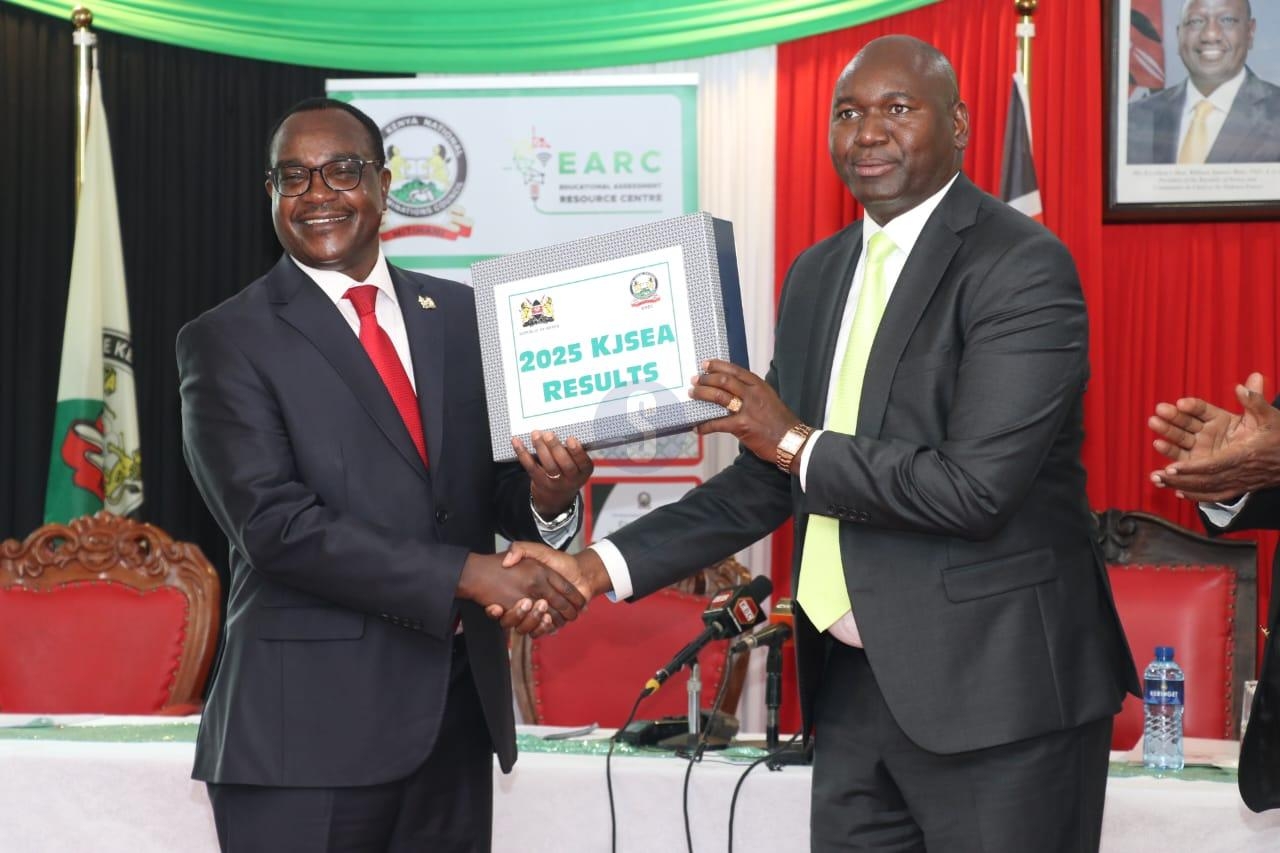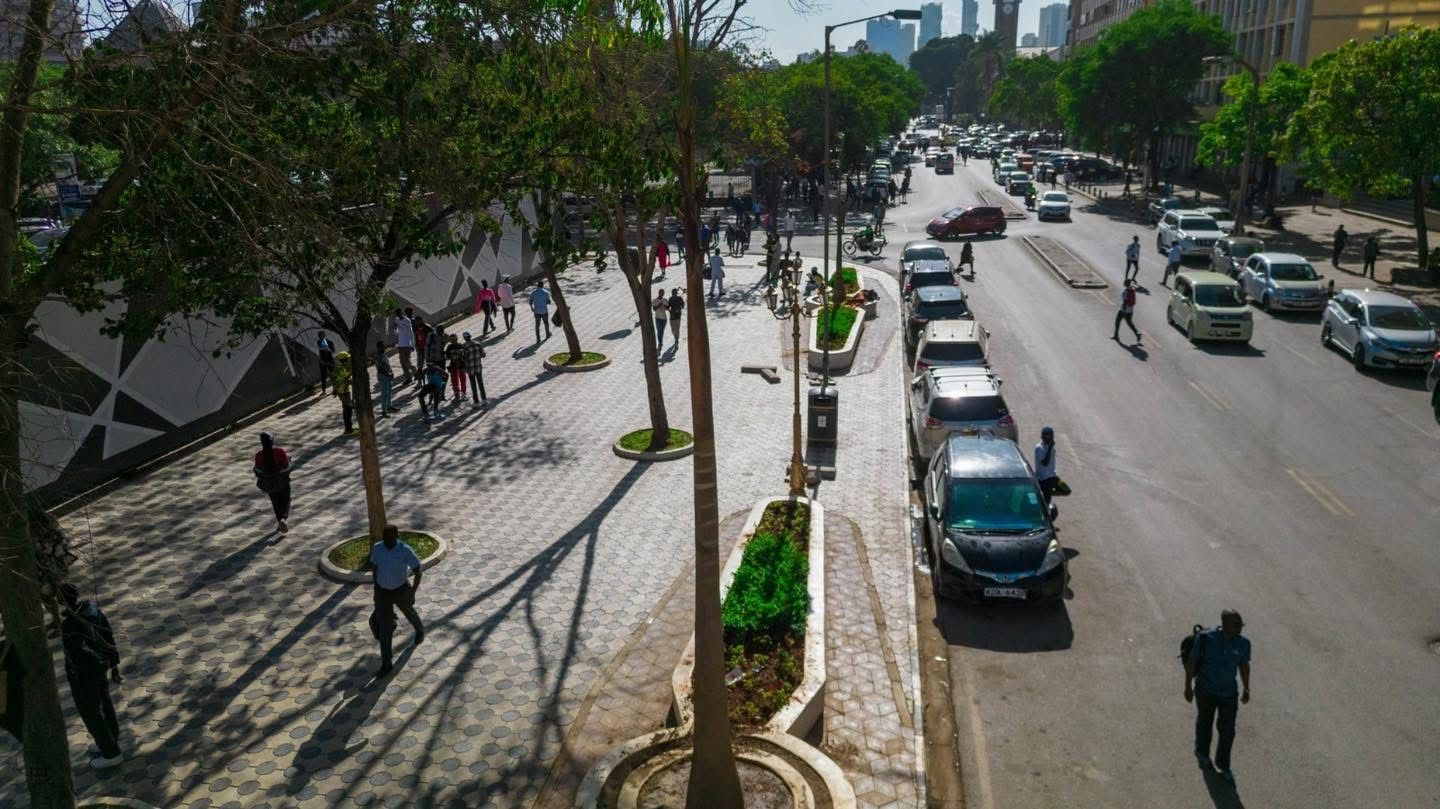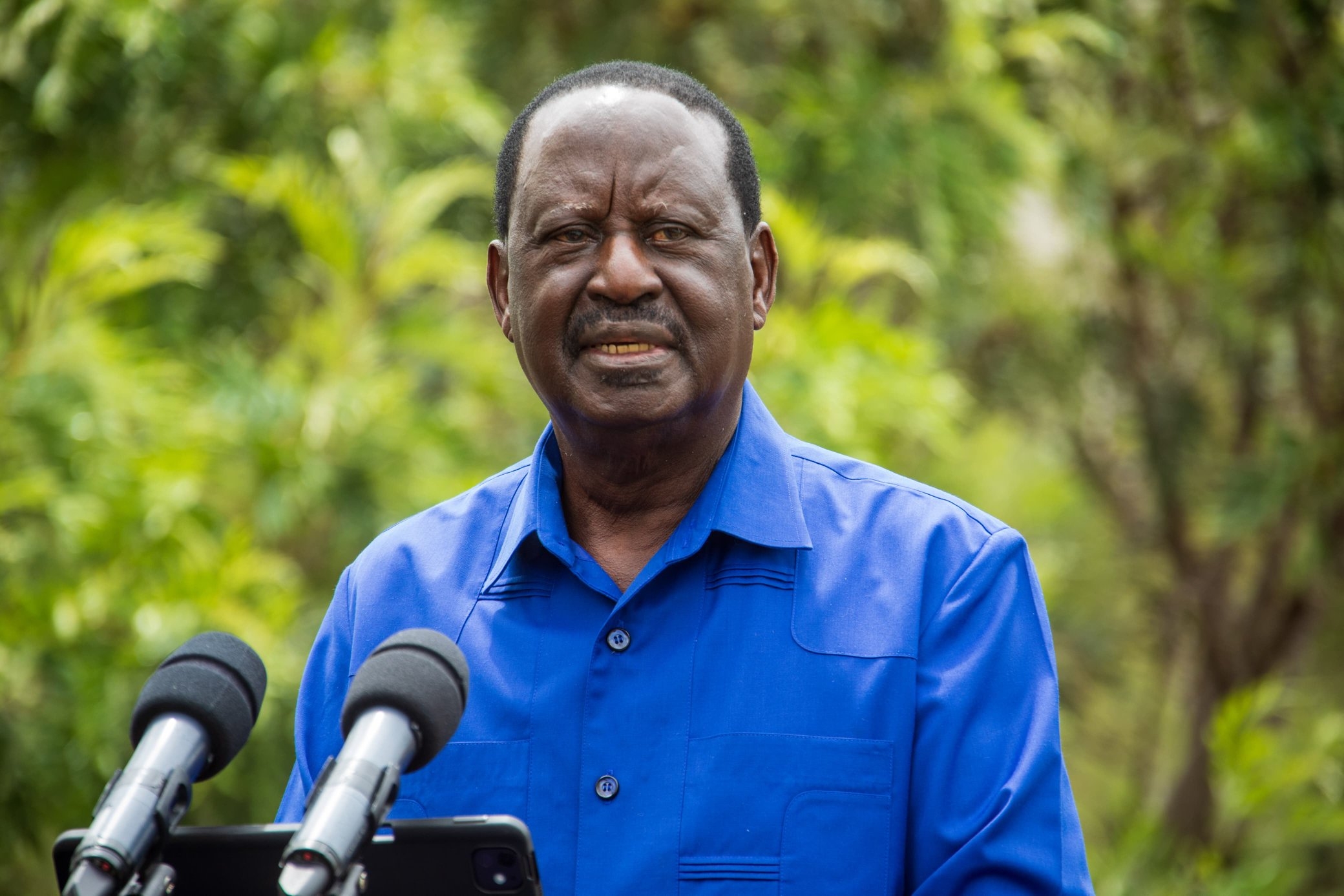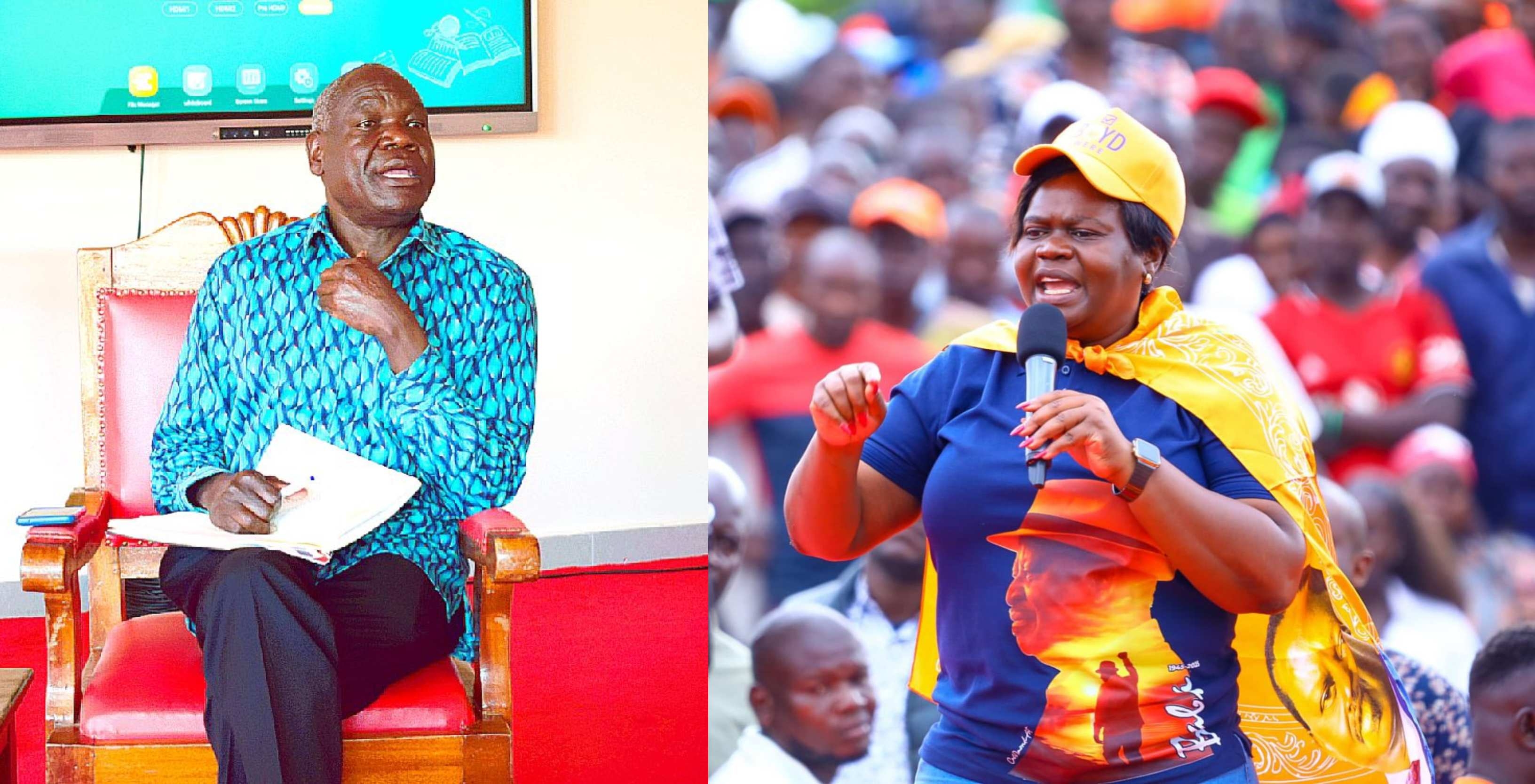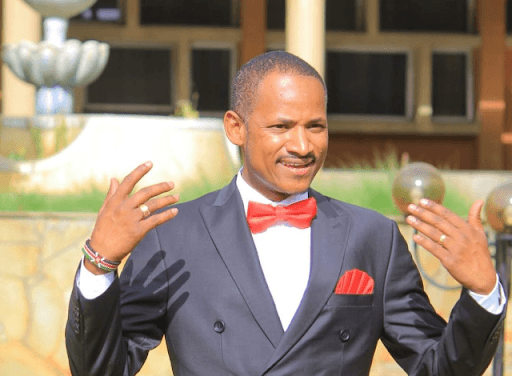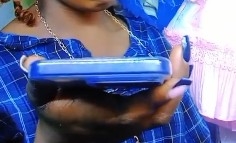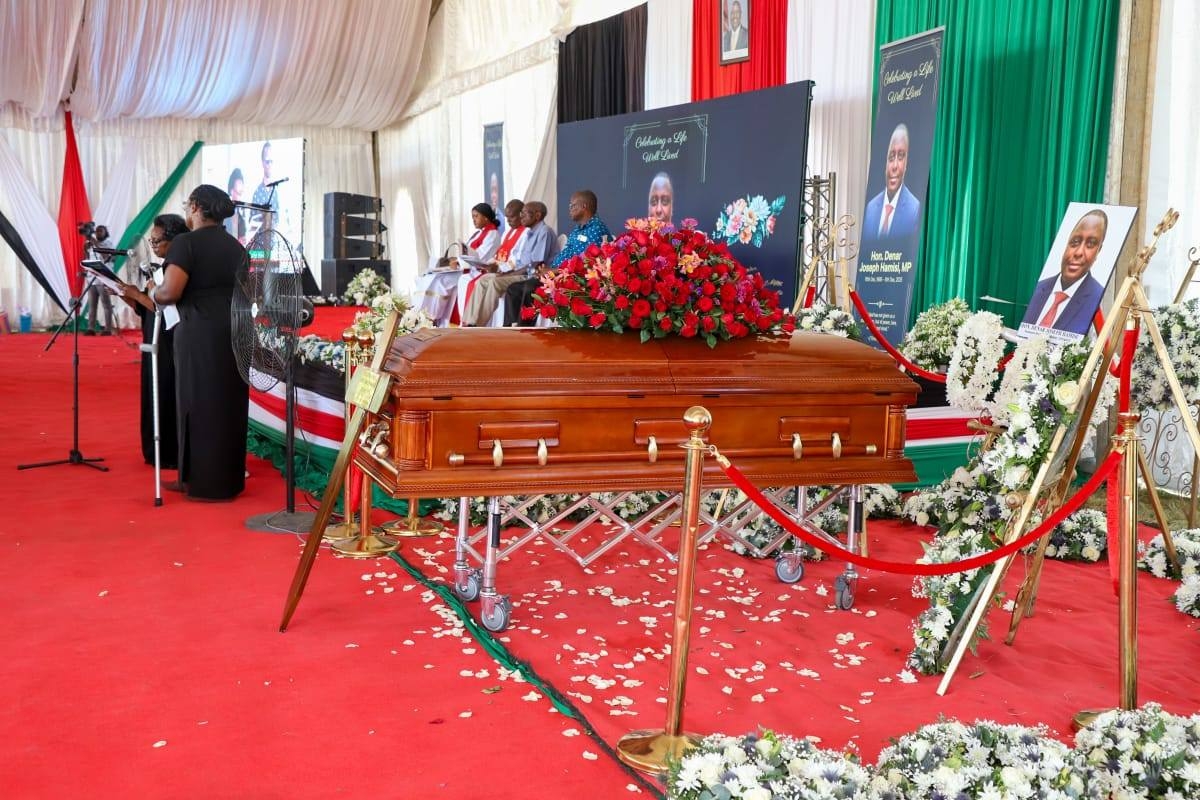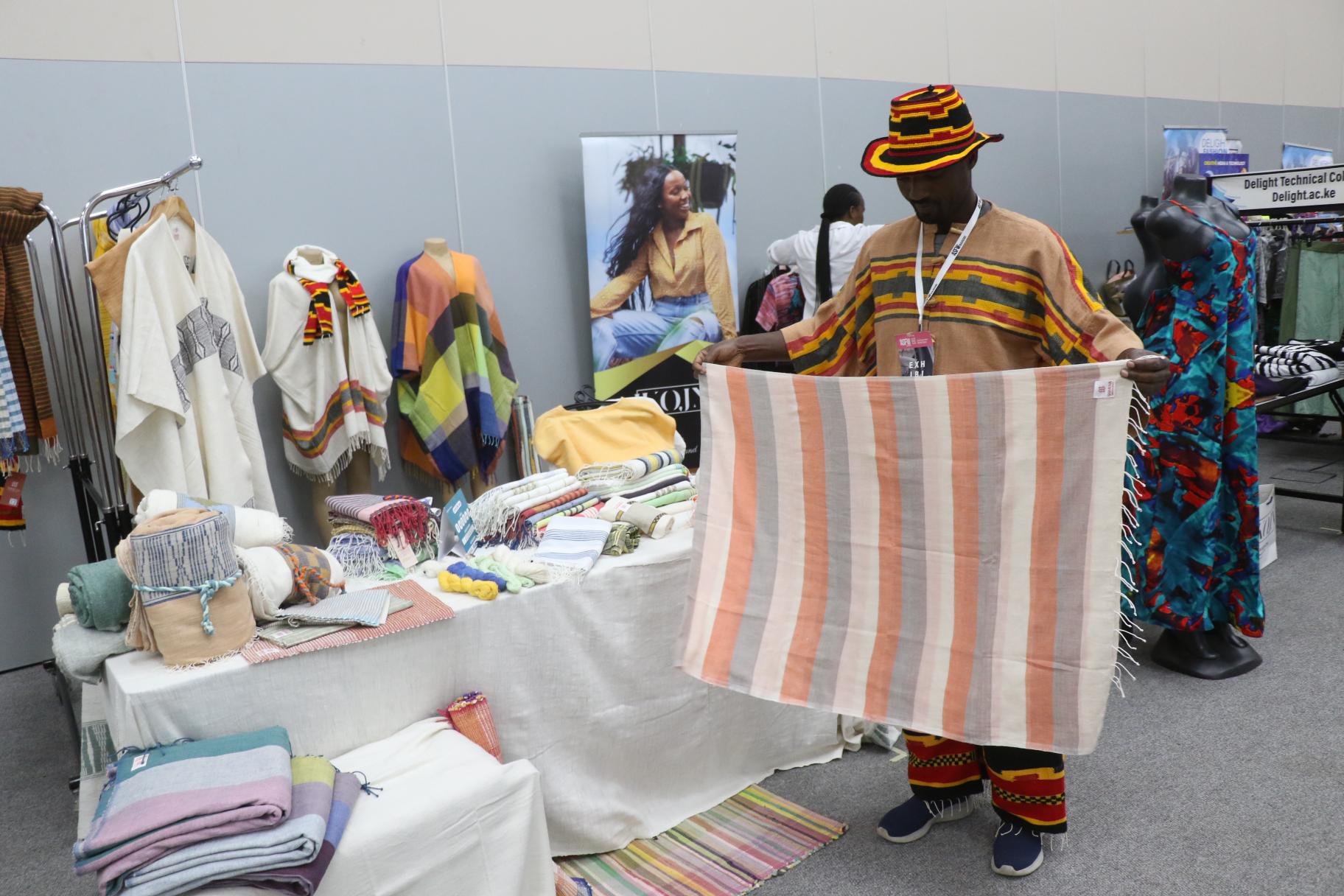
For too long, Kenya’s vibrant and diverse aesthetic has remained a whisper both at home and on the global stage, overshadowed by trends that, while bold, often lack the deep cultural soul embedded in our own heritage.
Walk into a modern Kenyan wedding today and you’ll be greeted by a visual feast: vibrant fabrics, colourful patterns and striking silhouettes. But more often than not, the fashion tells a story not of home but of elsewhere.
Kente from Ghana, gele and dashiki from Nigeria, and Ankara, originally from Indonesia before being adapted in West Africa, dominate our bridal runways. Our designers, influenced by the magnetic pull of Nollywood and Afrobeats, have leaned heavily into aesthetics that, though beautiful, are not our own.
What once was individual creativity, tailoring garments from secondhand finds or improvising with limited resources, has been flattened into a digital mirror of influencer style.
Social media’s endless scroll has turned personal expression into copycat conformity, where originality is often sacrificed for virality.
Wedding photos of Kenyan celebrities and influencers flood our feeds, clad in Nigerian-inspired regalia. At a glance, you might be forgiven for thinking you're watching a Nollywood affair. In our admiration of Nigerian creativity, we risk sidelining the visual language that is uniquely Kenyan.
Imitating fashion is nothing new. For centuries, people have looked to others for aesthetic cues. But when imitation becomes default, it breeds cultural erasure. And when Kenyan designers default to styles that are not rooted in our soil, we begin to forget the rich, expressive tapestry that is our own.
Take Bolo Bespoke, a Nairobi-based fashion house whose vivid palettes and intricate tailoring echo the Nigerian aesthetic popularised by designers like Lisa Folawiyo and Duro Olowu. While the craftsmanship is commendable, its identity leans more Lagos than Nairobi, reflecting a wider worrisome trend where Kenyan talent is inspired more by West African influence than local heritage.
The fashion designer uses TikTok to showcase his unique designs and has styled many Kenyan celebrities, including Ohangla maestro Prince Indah for his much-talked-about traditional wedding, whose dress code theme screamed more Nigerian than Kenyan.
NATIONAL DRESS FLOP
Where are the hues of the Maasai shuka, bold in scarlet and steeped in symbolism? The hypnotic symmetry of beadwork that tells stories of lineage, love and life? Where are the Kikuyu kiondo weaves, age-old craft that could inspire avant-garde textiles? And the serene coastal elegance of the kanzu and buibui?
These elements of Kenyan identity are not relics; they are vibrant threads of a living culture, waiting to be reimagined and elevated.
It’s been more than 21 years since Kenyan fashion
designers came together to create the country’s first national dress. Intended
to reflect the styles of Kenya’s 42 ethnic groups, the outfit, designed for
both men and women, never quite gained traction.
The initiative was a collaboration between the government and private sector, launched shortly after the 2002 elections that ended President Daniel arap Moi’s 24-year reign. The aim was to foster a shared national identity at a pivotal moment in Kenya’s history.
In the hopeful atmosphere of change, and after about six months of research and design, the new attire was unveiled with flair. Prominent politicians, including then Vice President Moody Awori, fondly known as ‘Uncle Moody, graced the runway at Nairobi’s Kenya National Theatre to showcase the designs.
One of the key minds behind the concept was Ojay Hakim, a leading designer from African Heritage Design Company. He explained that the team examined traditional clothing from every Kenyan community.
“We discovered that all communities had variations of headgear, a loincloth and a cloak draped across the shoulders. These common elements guided our design of the national dress,” Hakim told the BBC in a 2006 interview.
Following its launch, there was excitement and commitment from politicians, business leaders and professionals to wear the new outfit at major events locally and abroad as a show of national pride.
However, the momentum faded. Many young professionals, the very demographic expected to champion the new style, felt the dress lacked originality and everyday appeal.
“As important as a national dress is, it didn’t resonate,” Nairobi resident Kahaki Mwema told the BBC. “It wasn’t something people felt comfortable wearing. Especially for younger people aged 25 to 35, it just didn’t fit into their daily lives.”
Another major criticism was that the design appeared to borrow too heavily from Nigerian fashion, leading many Kenyans to feel it lacked authenticity.
AWAKEN HERITAGE WITHIN
Now, more than two decades later, the once-celebrated national attire has largely faded from conversation and public consciousness.
Kenyan fashion does not lack inspiration. It lacks the collective will to embrace and celebrate what is ours. It’s time to return to the source, not to reject outside influences but to reclaim the narratives stitched into our own traditions.
However, the question remains: can Kenyan designers break free from the pressure to conform to the dominant West African dress code and rediscover the joy of our own aesthetic?
While West African style offers one beautiful vision of identity, fashion has always thrived on diversity, nuance and self-expression.
As we move forward, both designers and consumers will need to navigate the pull of social media, while nurturing a renewed focus on Kenyan creativity, culture and taste.
Being stylishly Kenyan is not nostalgia, it’s innovation rooted in identity. Our heritage doesn’t need reinvention. It needs reawakening.



